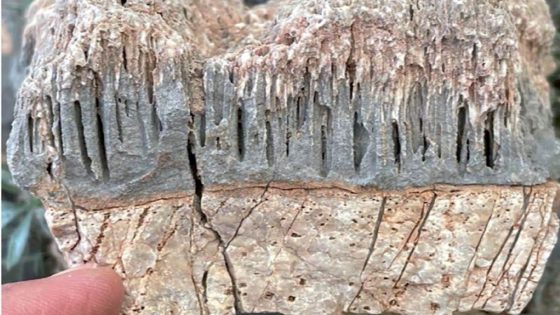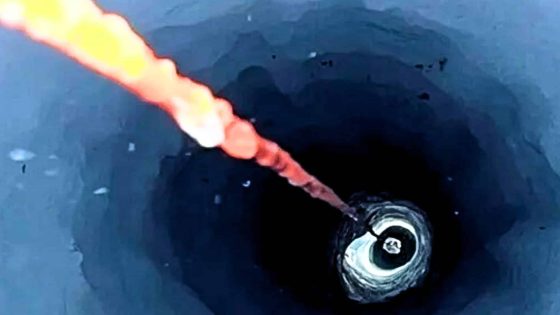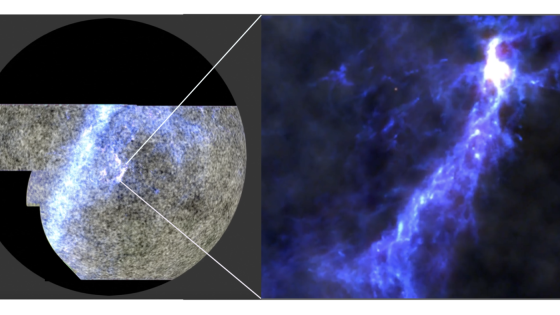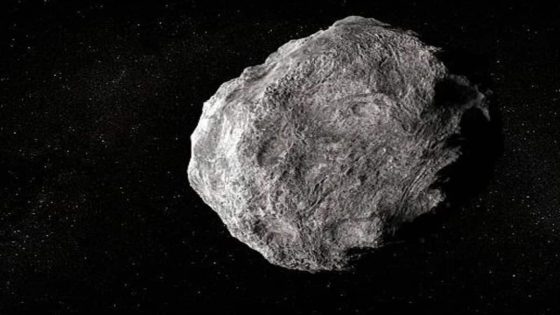A recent discovery in the deserts of Namibia, Oman, and Saudi Arabia has revealed mysterious micro-burrows that may change our understanding of ancient life. These tunnels, carved into marble and limestone, hint at a previously unknown form of life that thrived millions of years ago. What secrets do these ancient structures hold?
- Discovery of ancient micro-burrows in deserts
- Evidence suggests biological origin of tunnels
- Possible microbial candidates include cyanobacteria and fungi
- Microbial colonies likely created the burrows
- Findings raise questions about extraterrestrial life
- Life may exist in extreme environments elsewhere
Ancient Micro-Burrows Found in Deserts: What Do They Reveal?
What could these ancient micro-burrows tell US about life on Earth? Geologist Cees Passchier and his team discovered these structures after erosion exposed them in desert rock formations. While no living organisms exist today, the presence of biological material inside the tunnels indicates that life once thrived in these harsh environments.
How Did These Micro-Burrows Form in Arid Regions?
The research team initially ruled out abiotic processes, suggesting that living organisms created the burrows. The regions may be arid today, but they once experienced wet periods that could have supported microbial life. This finding prompts us to rethink how life can adapt to extreme conditions.
Potential Microbial Candidates: Who Created the Burrows?
Researchers considered various microbial candidates for the burrows, including:
- Cyanobacteria: Known for photosynthesis, but unlikely due to depth.
- Fungi: Typically form mycelium networks, which were absent.
- Microbial colonies: The most probable creators, as the burrows were too wide for a single organism.
- Calcium carbonate dust: Found inside the burrows, indicating microbial excretions.
The Implications of Discovering Ancient Microbial Life
This discovery raises exciting questions about the possibility of surviving lifeforms. While the microbes that created these burrows are long extinct, their ability to thrive in extreme conditions millions of years ago suggests that similar life could exist in isolated regions on Earth or even on other planets, like Mars or Venus. Could we find life in places we least expect?
As we delve deeper into the mysteries of ancient life, these findings may reshape our understanding of biology and the potential for life beyond Earth. The search for microbial life continues, and who knows what else we might uncover?

































